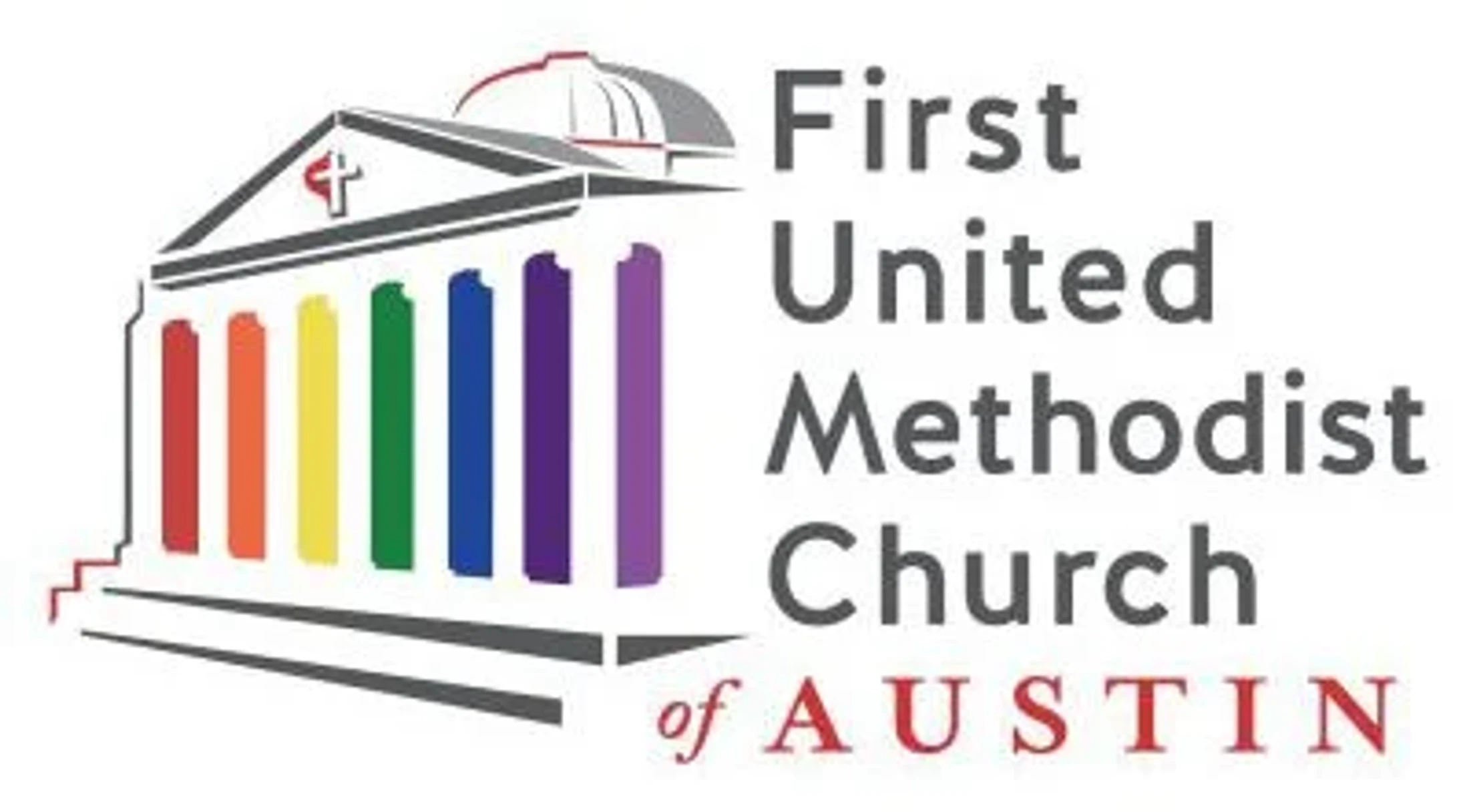History
The Story of First Church
A Legacy of Faith, Inclusion, and Transformation Since 1839
First United Methodist Church (“First Church”) is a leader in progressive religion, promoting access and rights for all persons to know God’s love and joining God in the work of transforming the world. The story of First Church is as vibrant as the city it serves. Older than the State of Texas itself, First Church is the longest-standing Methodist congregation west of the Mississippi River.
The Beginnings
In 1839, Rev. John Haynie, a circuit rider from Tennessee, ministered to the area between Bastrop and Austin, holding worship in a simple log house near present-day Wooldridge Park. As the Republic of Texas was constituted in 1840, Haynie also served as Chaplain of the House of Representatives.
Rev. Josiah Whipple followed in 1841, preaching for two years until hostilities with local American Indian tribes caused the church to temporarily disband. Rev. Homer S. Thrall was appointed in 1845, tasked with regrouping the scattered congregation. In 1847, the first permanent church structure was built at Congress and Cedar (now Fourth Street).
Growth and Change
By 1853, the congregation had grown, and a new red-brick church was built at Brazos and Mulberry (now Tenth Street) to serve 90 members—30 of whom were enslaved individuals. By 1858, that number had grown to 231, including 135 slaves. After emancipation, many members formed Wesley Chapel Methodist Church. In 1883, under Rev. A.E. Goodwyn, the red-brick church was replaced with a Roman-style steepled building.
In 1892, membership peaked at 675. Over the years, the church changed names—from Central Church South to Tenth Street Church—before finally adopting the name First Methodist Church in 1902.
A Permanent Home
In 1923, under Rev. Edward R. Barcus, the basement of the current structure at Twelfth and Lavaca was built. The sanctuary was completed in 1928 under Rev. W.F. Bryan at a cost of $200,000. In 1940, under Rev. W. Kenneth Pope, First Church experienced dynamic growth—adding a library, launching KTBC radio broadcasts, paying off its building debt, and repurposing a parsonage into an education center.
Under Rev. Marvin S. Vance, a new education building was erected in 1951. Though downtown churches began facing decline in the 1950s due to suburban migration, First Church remained vibrant—remodeling facilities in the ’60s, establishing an Endowment Fund in 1971, and expanding its property and programs under Rev. Jack Heacock.
A Bold Future Rooted in Justice
The 1990 sesquicentennial celebration under Rev. John C. Gilbert ushered in new energy and chapel renovations. In 1998, a 22,602 sq ft Family Life Center was constructed under Rev. John McMullen, housing classrooms, a gym, and commercial kitchen.
In 2010, FUMC appointed its first clergy couple, Revs. Barbara Ruth and John Wright, who restructured finances, renovated Wesley Hall, and led the church to join the Reconciling Ministries Network—committing to the full inclusion of LGBTQ+ individuals. Despite denominational constraints, this move solidified the church’s stance on justice and equality.
Since 2016, Rev. Taylor Fuerst has continued this legacy as the church’s second female Senior Pastor. In 2019, in response to discriminatory denominational actions, FUMC voted by overwhelming majority to support and host same-sex weddings and the clergy who perform them. As the broader United Methodist Church continues discerning a path forward, First Church stands firm in its mission: to be a conduit of God’s love in this community and beyond.
